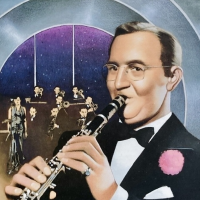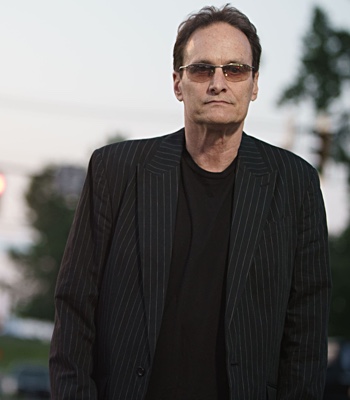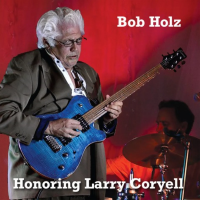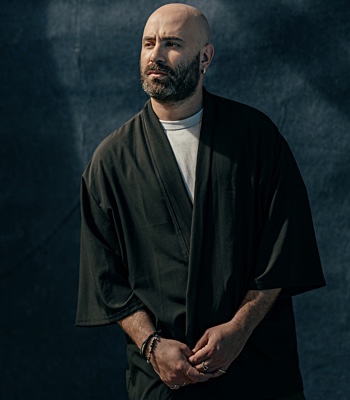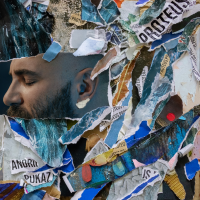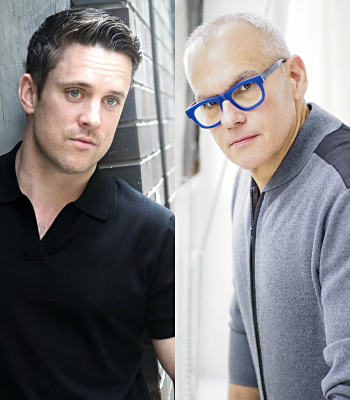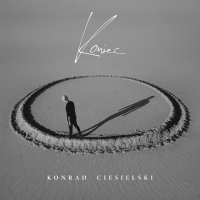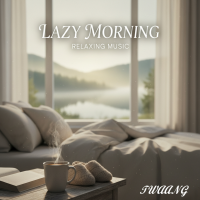Home » Jazz Musicians » Billy Eckstine
Billy Eckstine
By the time he reached his peak popularity in 1950, he rivaled Frank Sinatra as the country's most popular vocalist. In fact he was dubbed "the sepia Sinatra," although he was known most often as "Mr. B." Billy Eckstine was a smooth singer also noted as a premier jazz bandleader in the 1940s, gathering many of the performers in the innovative bebop style into a unique large band.
Born William Clarence Eckstein in Pittsburgh, Pennsylvania, in 1914, Eckstine had the spelling of his name changed early in his career by a club owner. The family moved to Washington, D.C. Eckstine's parents stressed education, and he graduated from Washington's Armstrong High School. He began to sing when he was 11, but was a football player in high school and aspired to a sports career for a time. Eckstine went on to college at the city's Howard University. A first-place finish in a talent contest at a Washington theater put an end to his educational career, however; he dropped out of school to sing full time.
At first Eckstine appeared in and around Washington, D.C., but had moved to Chicago by 1937. Pianist and bandleader Earl Hines hired him as his lead vocalist for his Grand terrace Orchestra in 1939. During a four-year stint with Hines, Eckstine broadened his vocal skills, learned to play the trumpet, and met many of the jazz players who were experimenting with new styles. All this made for ideal training as Eckstine dreamed of starting a band of his own. He notched several hits with Hines, the first of which was the bluesy "Jelly, Jelly" of 1940. When he introduced the song "Skylark" on a network radio program, he was the first African American vocalist to premiere a mainstream pop song on the radio.
In 1943 Eckstine was ready to launch his own group, the Billy Eckstine Band. He put together a group of the most talented young players he encountered, and the roster would read like an account of the performers who would dominate jazz over the next two decades. Among those who passed through Eckstine's band were Charlie Parker, Miles Davis, Sarah Vaughan, Dizzy Gillespie, Fats Navarro, Gene Ammons, Dexter Gordon, and Art Blakey.
Eckstine's initial intention was simply to gather a backing group for his own vocal numbers, but he had the experience and insight to realize the unique opportunities his ensemble offered. Many of them had participated in the formation of the radical new style that became known as bebop. Eckstine was able to adapt this sound to a big-band format and is generally credited with forming the first bebop big band.
Read moreTags
Bebop Big Bands - Earl Hines, Billy Eckstine, & Woody Herman (1940 - 1947)

by Russell Perry
Although Duke Ellington, Count Basie and Woody Herman soldiered on, mostly keeping bands on the road into the 1970s (Ellington) and 1980s (Basie and Herman), the era of the big band effectively ended with the American Federation of Musicians' strike and World War Two shortages of gas, rubber and players. A leaner combo-oriented music emerged in night clubs after the war. Several band leaders sought to find common ground with the new music and the big band format, but as ...
Continue ReadingBilly Eckstine: The Legendary Big Band

by Jim Santella
Legends have brought us to where we are today in modern music. When the classic sounds from 1944-1947 echo through the room, we recall innovators such as Billy Eckstine, who helped shape the second half of a century of jazz. Through the big bands of Earl Hines, Eckstine, and Dizzy Gillespie passed a significant number of bebop pioneers with their creative ideas and powerful resources. This 2-CD set includes material from both the National and DeLuxe labels. Eckstine’s crooning was ...
Continue ReadingBilly Eckstine's Ballads 1947-1951

Source:
JazzWax by Marc Myers
In 1947, vocalist Billy Eckstine became a solo performer, much the way Frank Sinatra had in 1942. Signing with MGM, Eckstine played to the young female market that dreamed of love. At first marketed to the Black urban market, Eckstine on MGM crossed over to the pop charts, racking up 18 hits between 1947 and '51. Lanky with movie-star looks and a bass-baritone voice, Eckstine specialized humid, romantic ballads that took Sinatra's sensitive male to a different level. Instead of ...
read more
Billy Eckstine: Mr. B in Paris

Source:
JazzWax by Marc Myers
One of the least known albums recorded by singer Billy Eckstine is one of his best—Mr. B in Paris. Recorded for Britain's Felsted label while Eckstine was on tour in Europe between releases for Roulette, the album features the baritone singing 12 songs in French backed by the Bobby Tucker Orchestra. Mr. B in Paris was produced by Quincy Jones and arranged by Jones, Billy Byers and Bobby Tucker. The orchestra was recorded in Paris in 1957 while Eckstine's vocal ...
read more
Billy Eckstine and Vocal Groups

Source:
JazzWax by Marc Myers
Billy Eckstine was a sex symbol in the late 1940s and early 1950s. The vocalist's movie-star looks and seductive baritone earned him a prominent place in magazines and jukeboxes, leaving black and white girls with a terrible crush on him. All were smitten by the tenderness and understanding in Eckstine's butterscotch voice. Today, Eckstine and the crucial role he played in paving the way for R&B balladeers of the 1950s and beyond has been largely forgotten. Those who do remember ...
read more
New England Conservatory's Jazz Studies Department Presents The Music Of Vaughn Moore + Billy Eckstine On Thursday, October 17 Featuring Ken Schaphorst And The NEC Jazz Orchestra

Source:
Braithwaite & Katz Communications
Ken Schaphorst and the NEC Jazz Orchestra draw on New England Conservatory's exclusive archive of Vaughn Monroe charts, alongside hits by Billy Eckstine — two of the most popular singing stars of the 1940s — in the Music of Vaughn Monroe + Billy Eckstine, a free concert on Thursday, October 17 at NEC’s Jordan Hall, 290 Huntington Avenue, Boston. The concert begins at 8 p.m. For more information, log on to necmusic.edu or call 617-585-1260. Vaughn Monroe came to New ...
read more

























